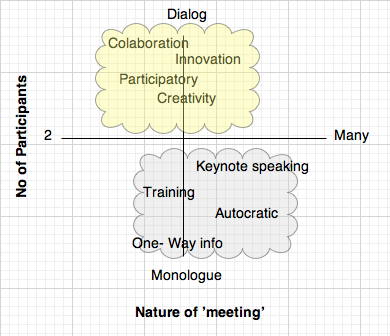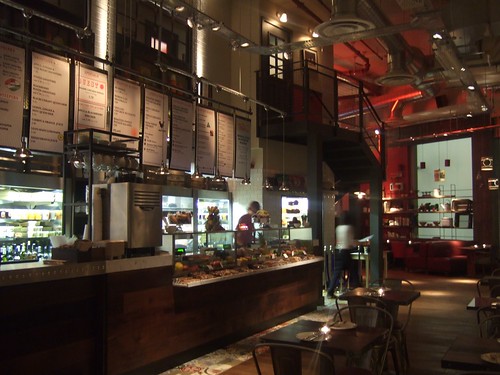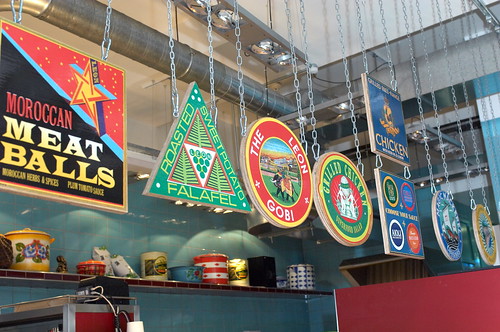I learned a new word the other day – a word that sent shivers down my spine. Not that i have not suspected that this development was inevitable but still, seeing it in print was a jolt. The word is ” Travel Avoidance”. A conscious policy by large companies to reduced travel and f2f meeting wherever they can.
In a report published by the Center for Hospitality Research at Cornell University with the title ‘Hospitality Business Models confront the future of meetings‘ Cisco outline how they have chalked up $400 million in direct savings and $150 million in productivity gains by switching as much of their travel/meeting actives as possible to ‘TelePresence’.
The report also mentions research by Gartner Inc. that video conferencing will replace 2,1 Million airline seats by 2012 representing a revenue decline of $3,5 Billion for the travel and Hospitality industries.
And Meeting review wrote this :
2010 has been the year that everyone suddenly started to take virtual meetings and events seriously, indeed the mainstream industry is even starting to see them no longer as a threat but instead as a way of extending the reach, the audience and, importantly, the revenues for their events.
See the full article here
So what to do?
The article suggest that Hotels should invest in video conference equipment so that they can offer this service to clients. I am not so sure that is the way to go. If we look back some years ago LCD projectors where very expensive and as a consequence only the largest companies had them – in the beginning.
Smaller companies would go to hotels and rent one. But soon the price of LCD’s came tumbling down and suddenly they where not so special anymore. Today we all have our own. And the fact that a hotel can provide one does not exactly constitute a competitive advantage
My prediction is that the same will happen with video conferencing – companies will get their own kits and virtual conference room in hotels will become obsolete.
A better plan might be to leap frog past that and take a look at the structure of the meeting market as it is emerging.
One way to do that could be to map it on a 2×2 matrix with number of participants on the one axis and the degree of interaction from monologue to deep dialog on the other axis .
That could roughly look something like this:
In the bottom half of this matrix there is mainly emphasis on one way info transmission, possibly with a few questions from the floor. This type of meeting is handled brilliantly by various tech solutions and there will be no stopping that trend developing even further. In that sense this type of meeting will slowly disappear from the traditional venues and move to virtual (also because participants are thoroughly tired of attending this type of meeting or conference).
But on the top half of the matrix where the focus is on interaction /participation and deep dialog, high tech solutions do not do the job very well. As Marchall McLuhan said the more complex the message the more complex a medium do you need, and the most complex we have is f2f.
Now if you are providing meeting facilities – go have a look at your breakout room, your standard meeting room set up etc. Are the facilities that you provide conducive to dialog or to monologue?
To me the gray cloud on the drawing represents yesterdays meetings, they will be taken over by high tech solutions and will not require f2f and the yellow cloud represents tomorrows meetings space where we solve the complex and tricky stuff through collaboration and involvement.
The reason i have the number of participant in the matrix is that i see a sweet spot in the 10 to 75 segment ( upper right corner of the matrix) because when you move to very large groups ( upper left of the matrix), and think dialog then tech shows its face aging ( Twiter, FB Etc)
When i presented this to one of my hotelier friends his response was, “but 80% of our meeting business today is Cinema- or U-table set up.” Yes I know i have seen that as well. But if you plot types of meeting on a bell curve then, at the top of the curve (mainstream) you will find the cinema set up and the U-table – fast forward a year or two and where is what was at the top of the top of the bell curve now?
Going down, fast.
At the beginning of the bell curve we now find Dialog, participatory meeting Art of Hosting etc. Where will that be in 2 years time? On its way up, heading for main stream status.
In summary it is going to be increasingly difficult for meeting facility providers to justify that they are providing value when it comes to ‘monologue’ meetings. It can be done better and cheaper with technology – and that type of meeting is a god case for Travel Avoidance”
Where they can make a huge difference and add value is by learning how to provide space and surroundings that are conducive to deep dialog in the broadest sense – and believe me that is not a banqueting room set up cinema style







